ESA’s Euclid Mission Has Revealed Its First Images [UPDATED]
30th May 2023![ESA’s Euclid Mission Has Revealed Its First Images [UPDATED] ESA’s Euclid Mission Has Revealed Its First Images [UPDATED]](https://orbitaltoday.com/wp-content/uploads/2023/05/Image-2-Euclid.jpg)
Earlier this May, the European Space Agency’s (ESA) Euclid telescope arrived in Florida ahead of its launch in July. The telescope will blast off from the spaceport at Cape Canaveral atop a SpaceX Falcon 9 rocket. The Euclid mission 2023 launch replaces a Soyuz launch scrapped because of the Russian invasion of Ukraine.
Let’s take a look at the ESA-led mission set to discover the mysteries of the “dark” Universe and the UK’s role in the spacecraft.
UPDATE: 7 November
The European Space Agency’s (ESA) Euclid space mission has released its first set of five full-color images, unveiling the mysteries of the cosmos as never seen before. These remarkable images mark a historic moment in space exploration, showcasing the remarkable capabilities of the Euclid telescope, which has produced astonishingly sharp astronomical photos over an extensive portion of the sky while delving deep into the distant Universe. These images captivate our imagination and signify that Euclid is poised to create the most comprehensive 3D map of the Universe to unlock some of its most profound secrets. Let’s take a close look at them!
Euclid’s View of the Perseus Cluster of Galaxies
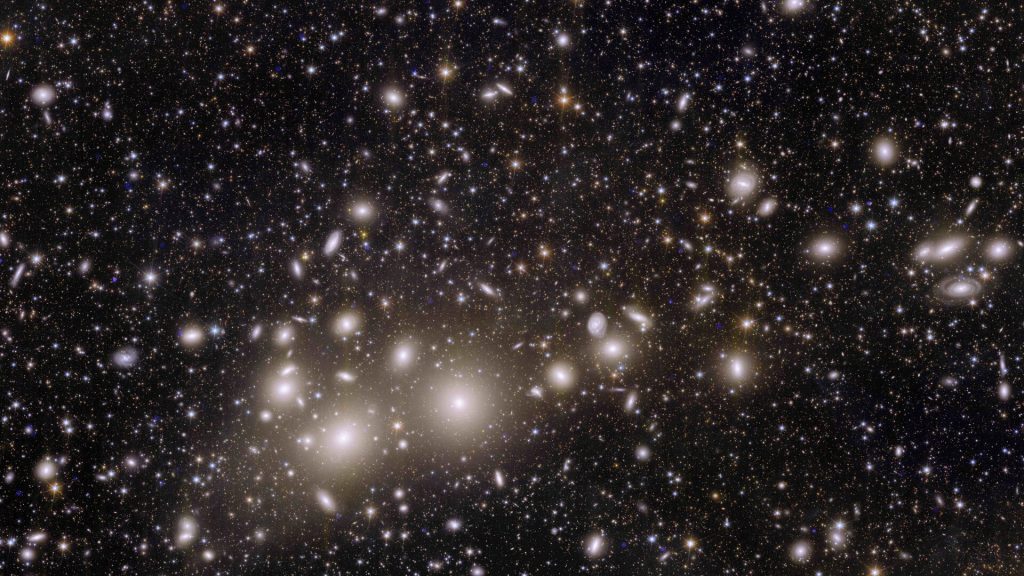
A mesmerizing view of the Perseus Cluster, featuring 1000 galaxies within the cluster and an astounding backdrop of over 100,000 galaxies farther in the cosmos. This image is an extraordinary feat in space observation, marking the first time such a comprehensive view of the Perseus Cluster has been captured with such remarkable clarity. The Perseus Cluster, situated a mere 240 million light-years away from Earth, ranks among the most massive structures in the known Universe.
Spiral Galaxy IC 342
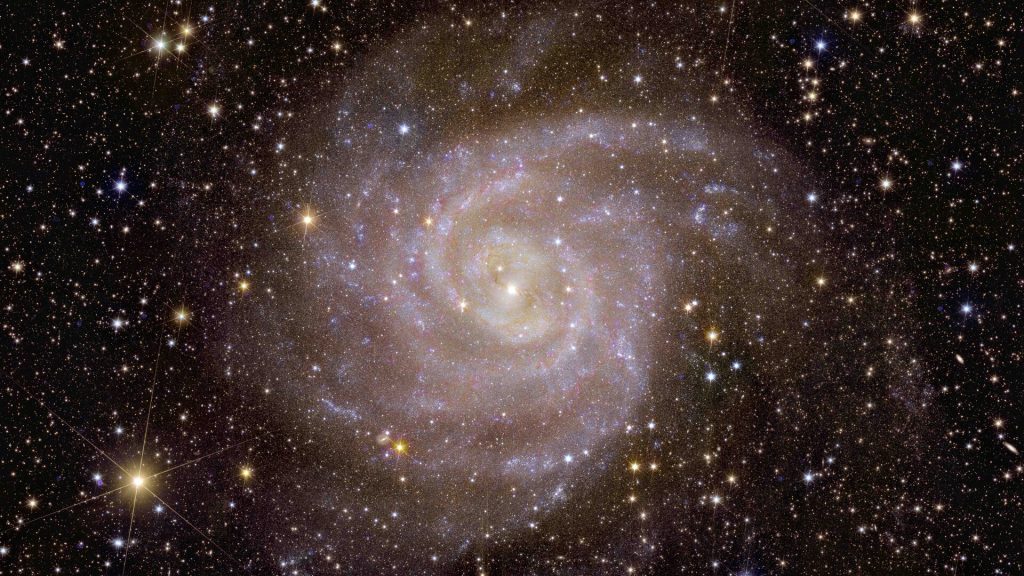
The celestial entity affectionately called the ‘Hidden Galaxy,’ also identified as IC 342 or Caldwell 5, has been a focus of Euclid’s keen observation. Equipped with its powerful infrared capabilities, Euclid has unearthed essential data about the stars inhabiting this galaxy, which resembles our own Milky Way.
Irregular Galaxy NGC 6822
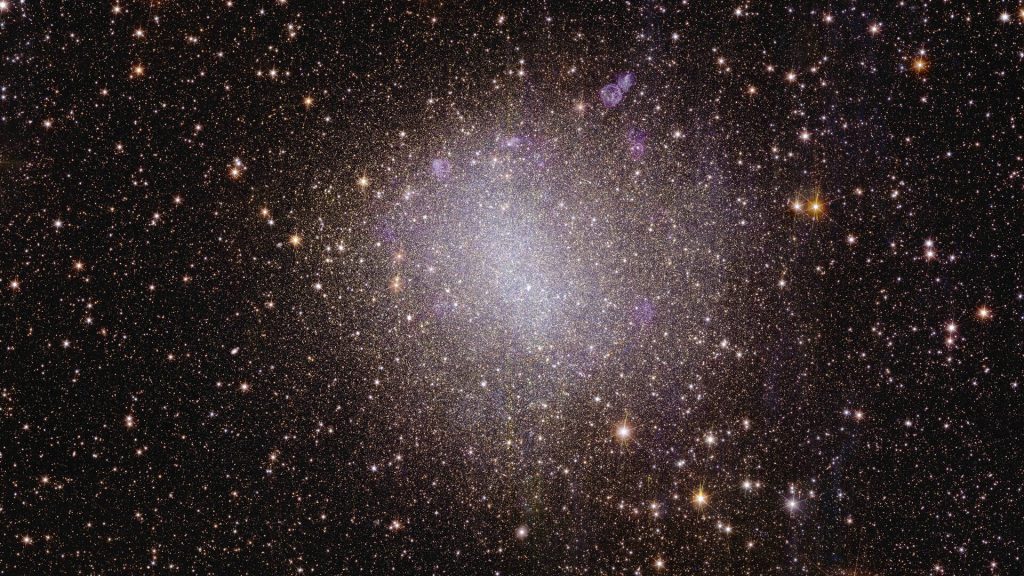
In its quest to construct a comprehensive 3D map of the Universe, the Euclid space mission is set to explore the vast cosmos, observing galaxies at distances of up to 10 billion light-years. Contrary to the classical image of neat spiral galaxies, most early Universe galaxies exhibit irregular and diminutive characteristics. These celestial entities serve as the fundamental building blocks for larger galaxies, including our own Milky Way, and some of them still linger relatively nearby. Among the remarkable observations made by Euclid, the first irregular dwarf galaxy to come into focus is NGC 6822, located nearby, a mere 1.6 million light-years from Earth.
Globular Cluster NGC 6397
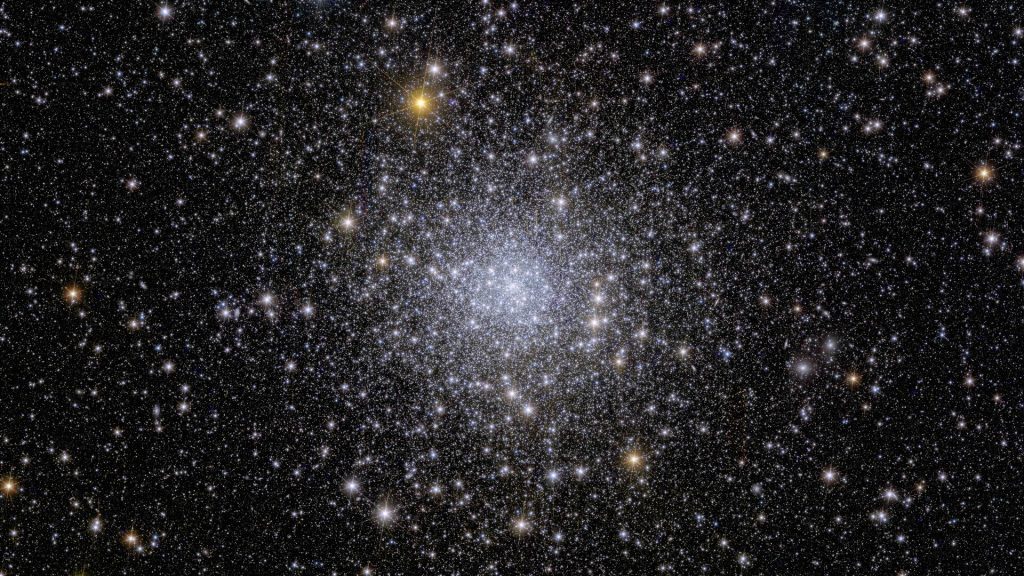
This mesmerizing image offers a glimpse into the celestial splendor captured by Euclid, focusing on the globular cluster known as NGC 6397. Positioned as the second-closest globular cluster to Earth, NGC 6397 lies at an approximate distance of 7800 light-years. Globular clusters, these enthralling cosmic gatherings of hundreds of thousands of stars held together by the unyielding force of gravity, are a treasure trove of astronomical wonders. Currently, Euclid stands alone as the sole telescope capable of observing an entire globular cluster in a single comprehensive observation while discerning the intricate tapestry of stars within the cluster.
The Horsehead Nebula
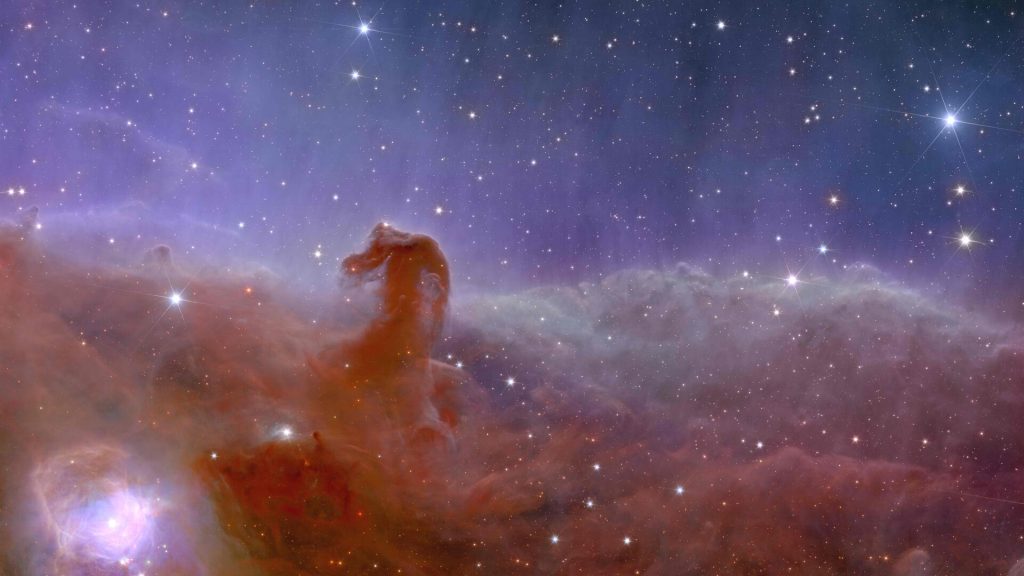
Euclid shows us a spectacularly panoramic and detailed view of the Horsehead Nebula, a celestial wonder recognized as Barnard 33 and situated within the Orion constellation. In Euclid’s latest observation of this stellar nursery, researchers are poised to embark on an exciting quest for dim and hitherto undiscovered Jupiter-mass planets in their nascent celestial stages. Additionally, their exploration is expected to yield insights into young brown dwarfs and infant stars, shedding light on the enigmatic process of celestial birth and evolution.
UPDATE: 31 October
ESA is set to unveil a groundbreaking achievement as they release the inaugural full-colour images of the cosmos, meticulously captured by their newly launched space telescope, Euclid. This momentous event will be broadcast live on Tuesday, 7th November, commencing at 13:15 GMT or 14:15 CET.
What makes this revelation even more remarkable is the unprecedented level of clarity and precision these images possess. Never before has a telescope delivered such razor-sharp astronomical images, spanning a vast expanse of the celestial canvas. The images are a testament to Euclid’s readiness for its vital mission – the creation of the most comprehensive 3D map of the Universe to date.
How to Watch It?
Live broadcasting starts at 14:15 on the 7th of November. Tune in to ESA Web TV directly or access the livestream via the ESA YouTube channel. During the broadcast, from 14:15 to 14:55, expert narrators will guide us through five captivating portraits of our Universe, each showcasing Euclid’s remarkable optics.
What is Euclid mission?
The Euclid mission gets its name from the Greek mathematician Euclid of Alexandria, according to ESA. Euclid lived around 300 BC and discovered the subject of geometry. Euclid was selected in October 2011 as part of ESA’s medium-class Cosmic Vision science programme (flagship European-led missions to launch once every decade), with a budget cap of €500 million. ESA’s JUICE mission was the latest Cosmic Vision spacecraft. JUICE launched into space in April, and it will focus on studying Jupiter and its three largest moons.
Euclid will address two core themes of the Cosmic Vision programme: What are the fundamental physical laws of the universe and, how did the universe originate and what is it made of?
The telescope will “map the geometry of the Universe and better understand the mysterious dark matter and dark energy, which make up most of the energy budget of the cosmos”, ESA explains. The spacecraft will investigate the evolution of the dark universe by making a 3D map and observing the billions of galaxies as far as 10 billion light-years away. ESA noted that,
By observing the Universe evolving over the past 10 billion years, Euclid will reveal how it has expanded and how the structure has formed over cosmic history – and from this, astronomers can infer the properties of dark energy, dark matter, and gravity, to reveal more about their precise nature.
The telescope will investigate the distance-redshift relationship and the evolution of cosmic structures by measuring the shapes and redshifts of galaxies and clusters of galaxies.
What is dark matter and dark energy?
Dark matter end dark energy are possibly the biggest mysteries of the universe. According to NASA, roughly 68% of the universe is dark energy, and 27% is made up of dark matter. Before technological advancements gave a glimpse of what this phenomenon was, scientists believed gravity slowed the expansion of the universe down as time went on. Then, the Hubble Space Telescope discovered in 1998 that the universe actually was expanding at a slower rate compared to a long time ago, contrary to the belief that the expansion wasn’t slowing down due to gravity but had been accelerating.
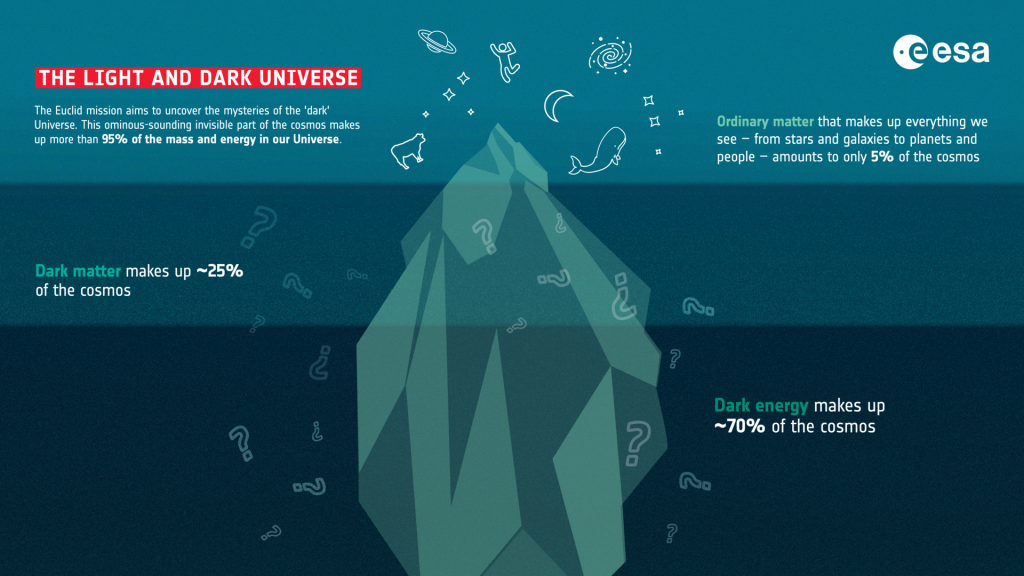
One explanation for dark energy is that it is a property of space. Albert Einstein was the first person to realize that empty space is not nothing. Space has amazing properties, many of which are just beginning to be understood. The first property that Einstein discovered is that it is possible for more space to come into existence.
Then one version of Einstein’s gravity theory, the version that contains a cosmological constant, makes a second prediction: “empty space” can possess its own energy. Because this energy is a property of space itself, it would not be diluted as space expands. As more space comes into existence, more of this energy-of-space would appear. As a result, this form of energy would cause the universe to expand faster and faster.
NASA
There are too many things we don’t know
NASA explains there are many other potential explanations, even including that Einstein’s theory of gravity is incorrect.
Then, there is dark matter, but scientists have been able to describe more accurately what it is not than what it is. NASA explains that it is obviously dark and not in the form of stars and planets.
“Observations show that there is far too little visible matter in the universe to make up the 27% required by the observations. Second, it is not in the form of dark clouds of normal matter, matter made up of particles called baryons. We know this because we would be able to detect baryonic clouds by their absorption of radiation passing through them. Third, dark matter is not antimatter, because we do not see the unique gamma rays that are produced when antimatter annihilates with matter,” the space agency says.
Further, NASA explains scientists can rule out black holes based on how many gravitational lenses are visible. Currently, there are only possibilities of what dark matter could be made up of, like baryonic matter, or particles like axions or Weakly Interacting Massive Particles (WIMPS).
The spacecraft and its journey
Euclid is made up of two main components: the service module and the payload module, and the entire spacecraft is 4.7 meters tall and 3.7 meters in diameter. According to ESA, the payload module includes a 1.2-meter-diameter telescope and two scientific instruments, including a visible-wavelength camera (VIS), and a near-infrared camera/spectrometer (NISP).
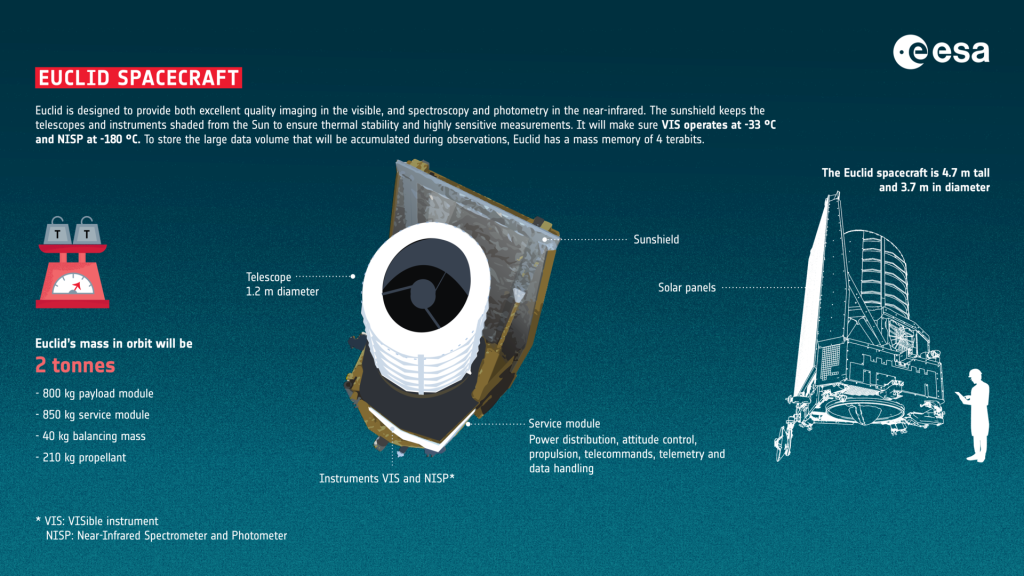
The service module is made up of standard satellite systems, including electric power generation and distribution, altitude control, data processing electronics, propulsion, telecommand and telemetry, and thermal control.
In a nutshell, Euclid will “determine the properties of dark energy and dark matter on universal scales”, ESA explains. It will capture images in optical and near-infrared light, which will be four times more accurate than ground-based sky surveys.
After launching from Florida in July, the spacecraft will reach the Sun-Earth Lagrange point 2 (L2), about 1.5 million kilometers away from Earth. The spacecraft is set to have a lifetime of six years, with the possibility of extension, and will have the help of the James Webb Telescope during its discoveries.
The UK’s role in Euclid mission
Despite Brexit forming a wedge between several European and UK space projects, the agency is still heavily involved in many European-led space missions. According to the UK Space Agency, it is funding research teams in seven different institutions across the nation to contribute to the Euclid spacecraft.
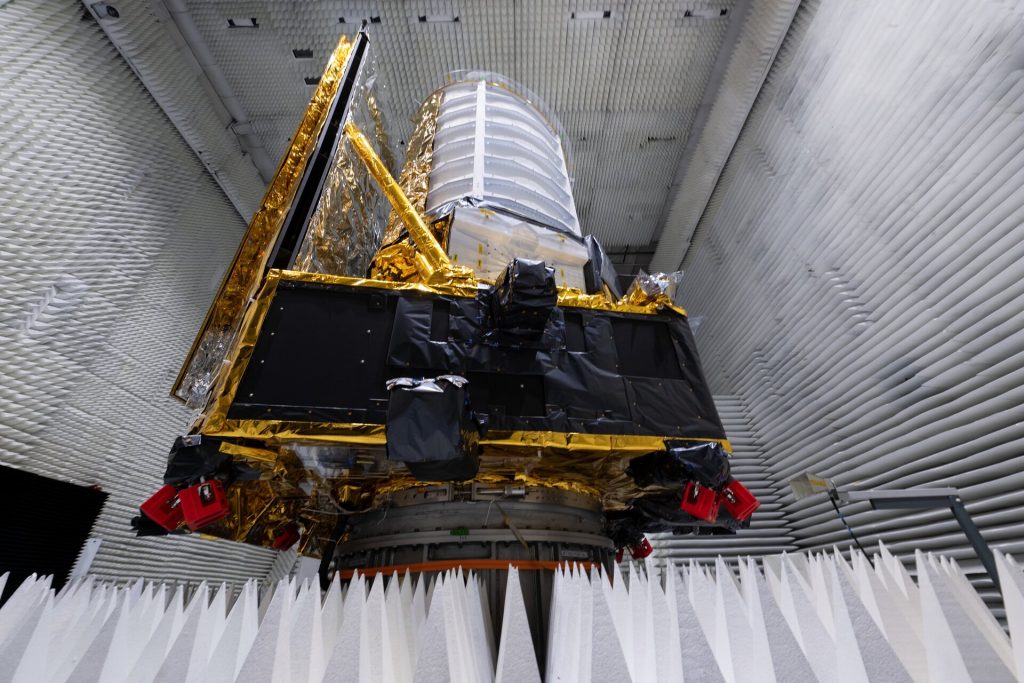
This includes a team at London’s Mullard Space Science Laboratory that is contributing to the VIS, along with other researchers working to establish data processing. Euclid will generate about 850Gbits of compressed data per day, the UKSA says.
Open University has conducted research on how radiation will damage the spacecraft’s performance and the Science Data Centre in Edinburgh, and the Edinburgh Astronomy Technology Centre are leading the development of the UK ground segment. The segment will lead to shear measurements and analysis of the data generated from the spacecraft.
While the Euclid mission is fully led by ESA, it will include contributions from more than 2,000 scientists from a variety of countries, including the US, Canada, and Japan. ESA selected Thales Alenia Space as the prime contractor for building the satellite and its service module, and Airbus Defence and Space for the payload module and the telescope. Lastly, NASA will provide the near-infrared detectors of the NISP instrument.
The Euclid spacecraft is expected to form ground-breaking discoveries about the long-standing mystery of dark matter and dark energy, and Orbital Today will continue to provide updates on its imminent launch.

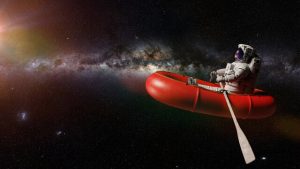
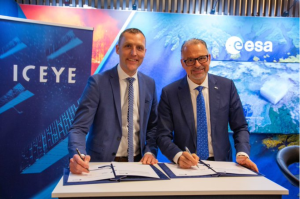
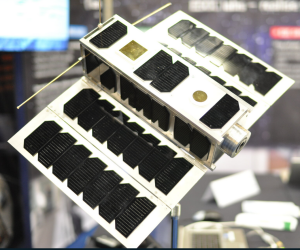


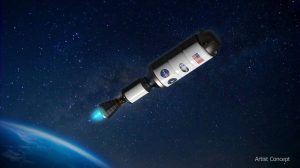
Thank you for your comment! It will be visible on the site after moderation.